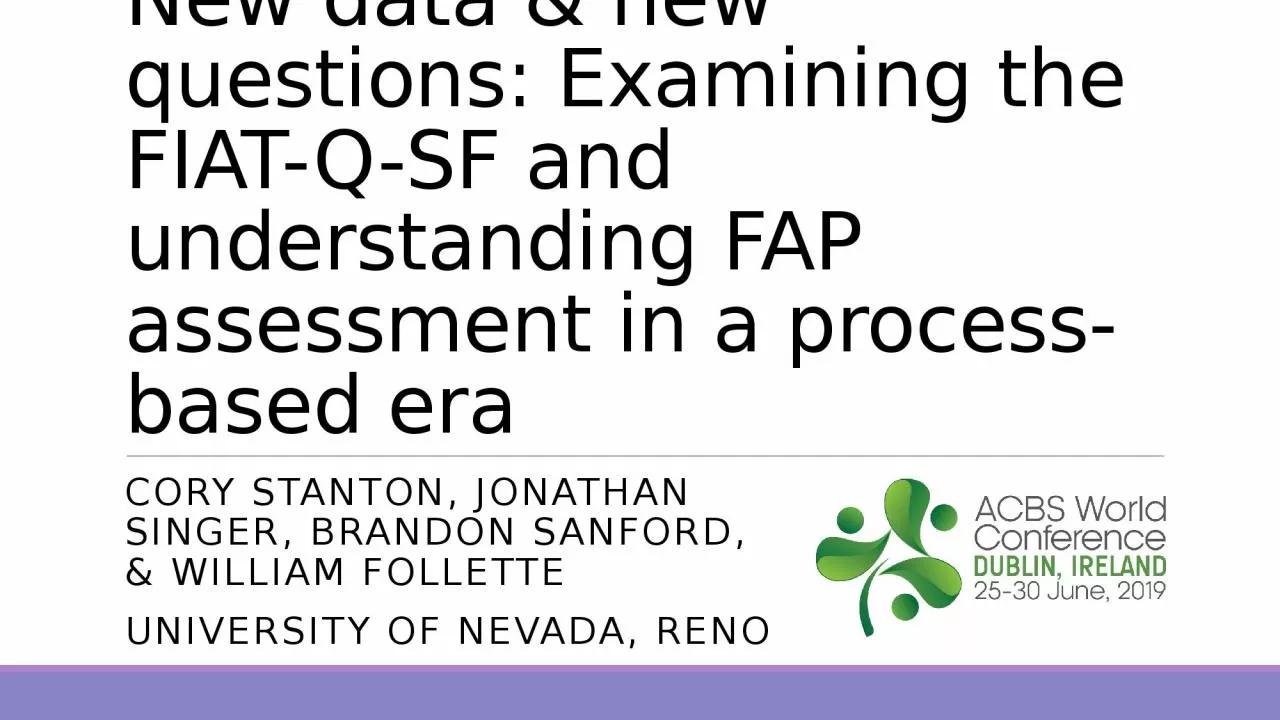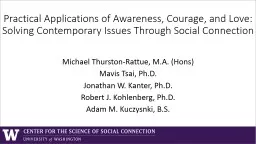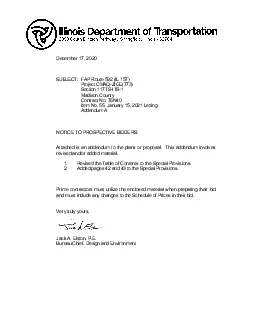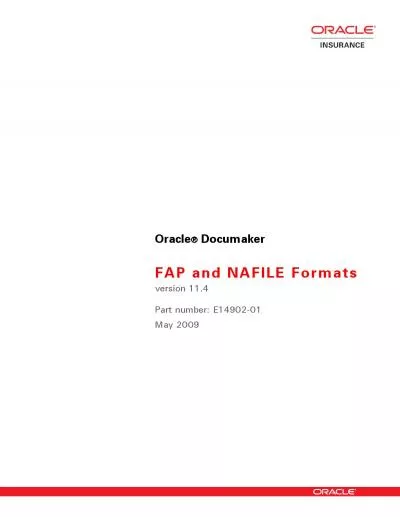PPT-New data & new questions: Examining the FIAT-Q-SF and understanding FAP assessment
Author : elyana | Published Date : 2024-03-13
Cory Stanton Jonathan Singer Brandon Sanford amp William Follette University of Nevada Reno Disclosures Cory Stanton Jonathan Singer Brandon Sanford We have not
Presentation Embed Code
Download Presentation
Download Presentation The PPT/PDF document "New data & new questions: Examining ..." is the property of its rightful owner. Permission is granted to download and print the materials on this website for personal, non-commercial use only, and to display it on your personal computer provided you do not modify the materials and that you retain all copyright notices contained in the materials. By downloading content from our website, you accept the terms of this agreement.
New data & new questions: Examining the FIAT-Q-SF and understanding FAP assessment: Transcript
Download Rules Of Document
"New data & new questions: Examining the FIAT-Q-SF and understanding FAP assessment"The content belongs to its owner. You may download and print it for personal use, without modification, and keep all copyright notices. By downloading, you agree to these terms.
Related Documents














